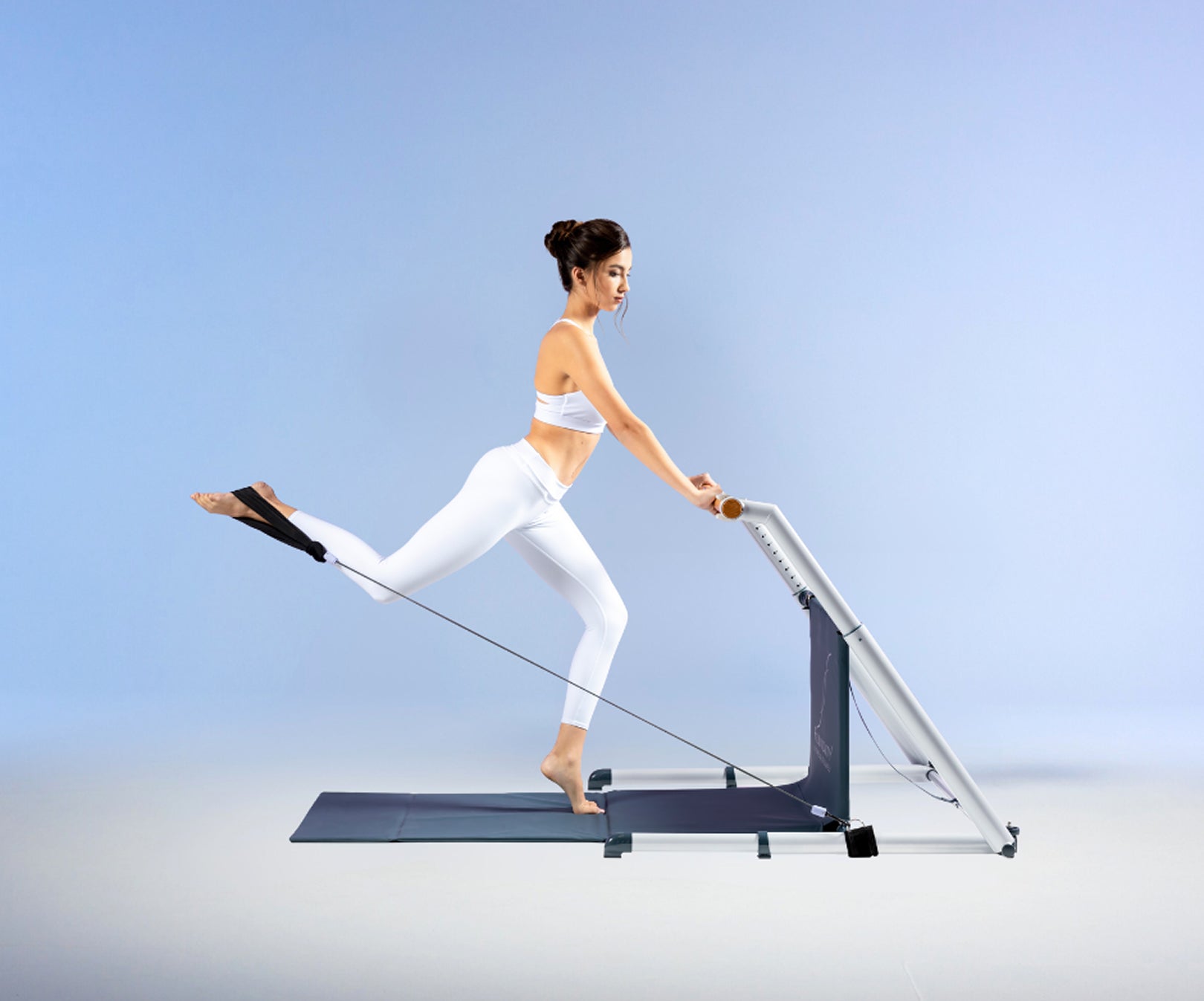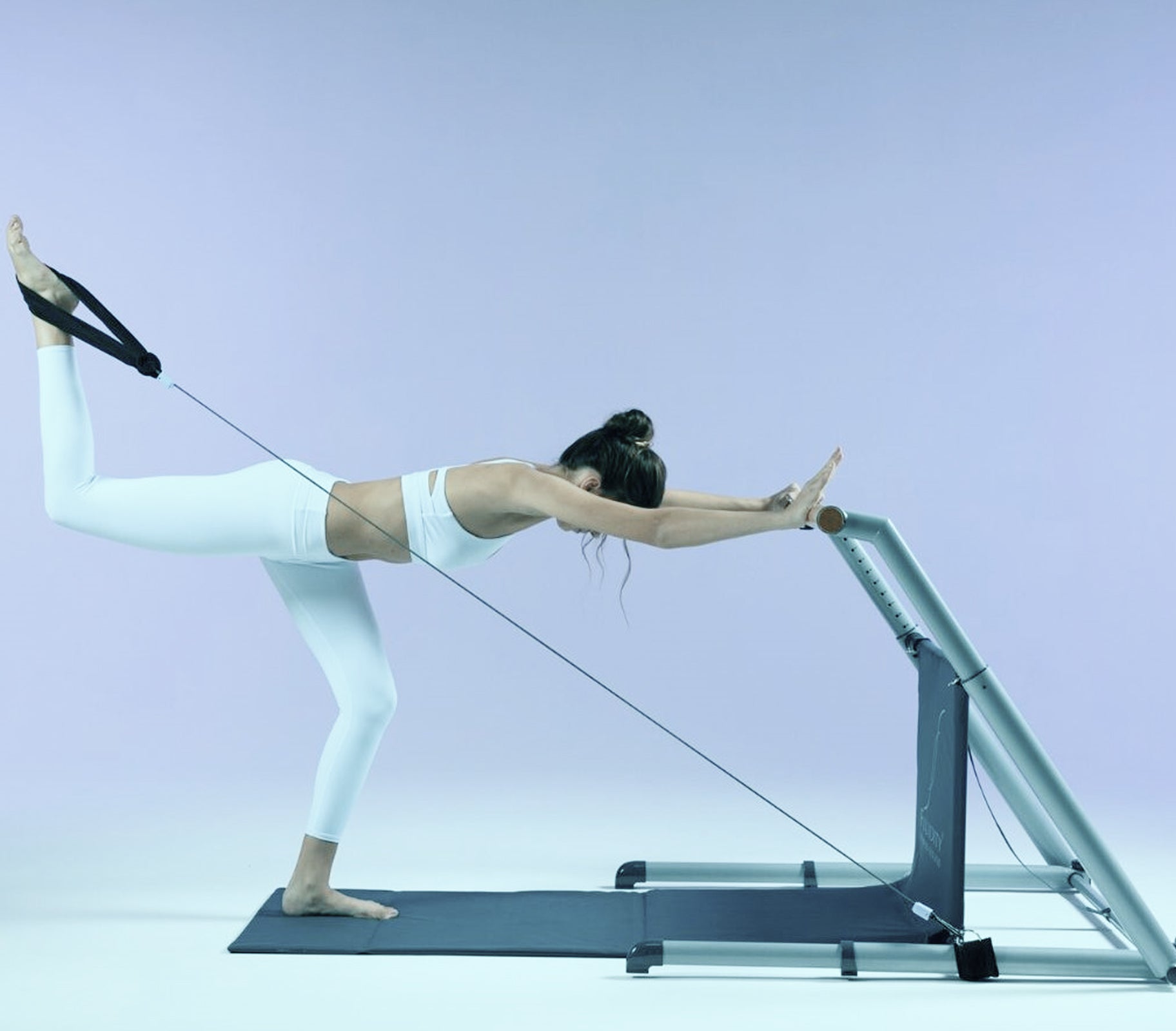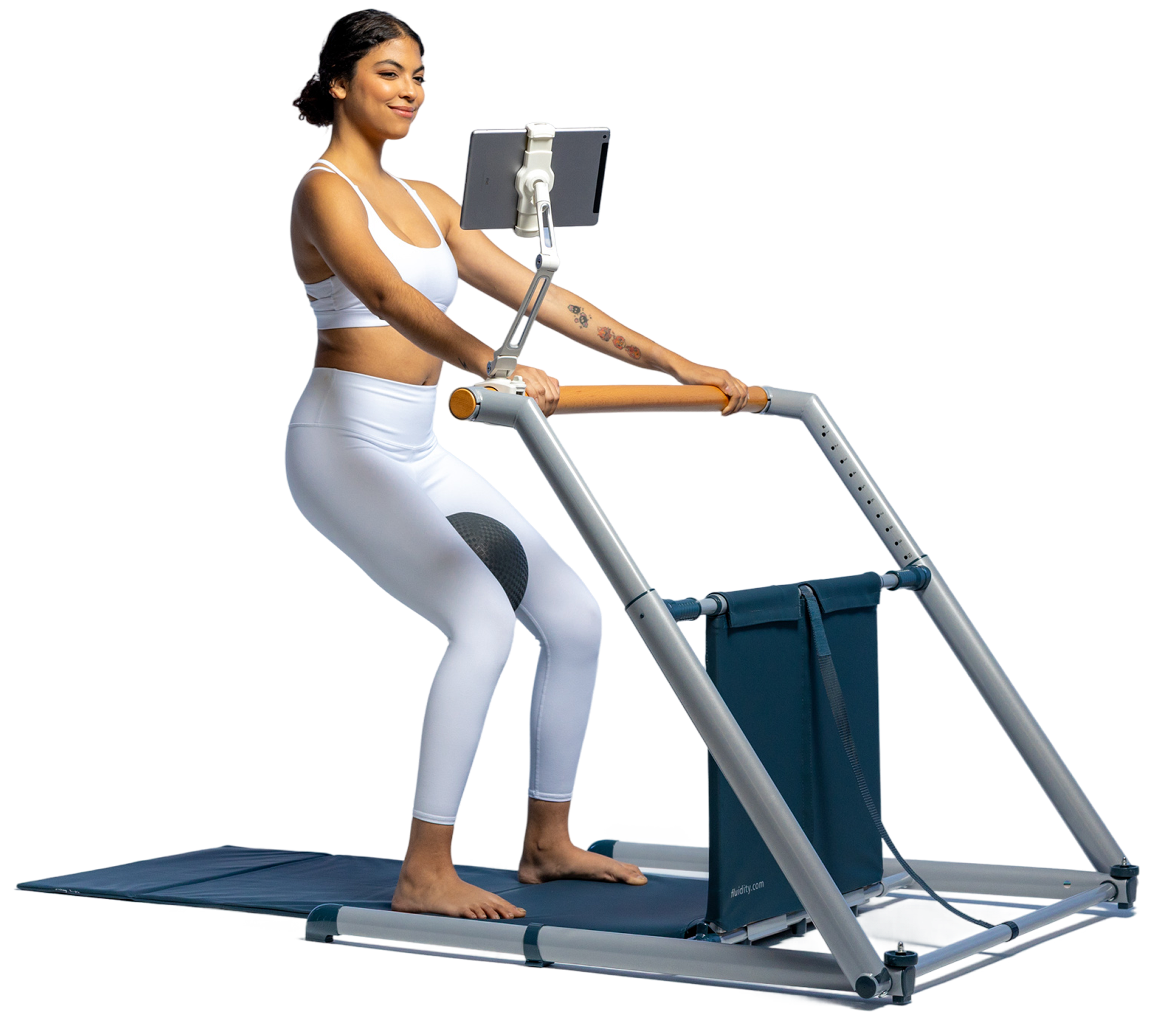Meet Michelle Austin
Michelle in 2005


Movement Reimagined
Fluidity Rx isn’t just fitness equipment—it’s a complete movement philosophy. At its core are the patented Fluidity Rx Stability Devices, designed to adjust to your individual height and support your body to do integrate movement in a neutral pelvis.
Fluidity Rx goes beyond the device—you also get a comprehensive protocol with video-on-demand classes, designed and curated by Michelle Austin and Dr. Cindy Neville. Fluidity Rx facilitates expeditious healing and improved outcomes.
With consistent practice just 2–3 times per week, Fluidity Rx:
Founder of Fluidity Rx
Michelle Austin, founder of Fluidity Rx, is a former Lotte Berk Method instructor who transformed the Barre fitness world by inventing the first free-standing, height-adjustable barre.
Since launching Fluidity, she’s sold over 500,000 units and watched the Barre category explode. As others rushed to capitalize, Michelle saw a surge of inferior equipment, subpar choreography, and confusion within the market.
Despite the noise, Michelle remained committed to one thing: improving outcomes—something she would never compromise on.
Now, with Fluidity Rx, Michelle has shifted her focus to merging her expertise in movement science with cutting-edge equipment design to partner with the medical industry.
Her goal: to help healthcare professionals improve patient outcomes with a smarter, more effective movement solution, Fluidity Rx.
Fluidity Rx Through The Years A Legacy of Innovation


Fluidity Rx for Everyone
Fluidity Rx is for everyone – men and women. It uses precise verbal instructions and movements in a neutral spine position supported by Fluidity Rx Stability Devices—the optimal position for PFM contraction and relaxation—to activate the PFM and train both fast and slow twitch muscle fibers, maintaining the ideal proportion of each fiber type.
Women with Stress Urinary Incontinence are 17 times more likely to heal if they strengthen their pelvic-floor muscles [1]
Women with Stress Urinary Incontinence are 17 times more likely to heal if they strengthen their pelvic-floor muscles [1]